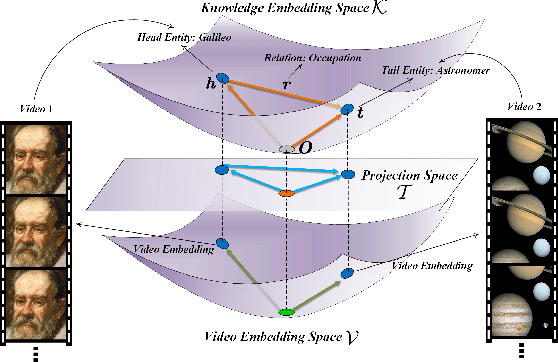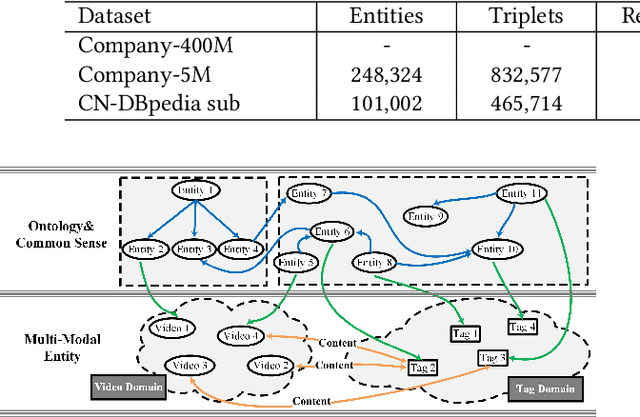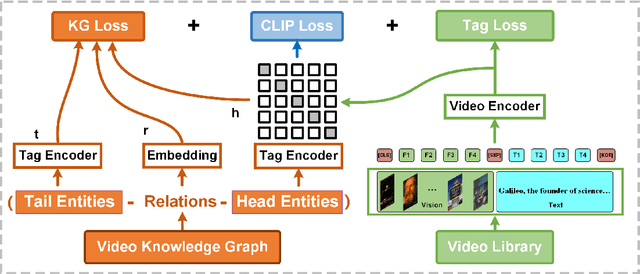Ximan Liu
RePainter: Empowering E-commerce Object Removal via Spatial-matting Reinforcement Learning
Oct 09, 2025Abstract:In web data, product images are central to boosting user engagement and advertising efficacy on e-commerce platforms, yet the intrusive elements such as watermarks and promotional text remain major obstacles to delivering clear and appealing product visuals. Although diffusion-based inpainting methods have advanced, they still face challenges in commercial settings due to unreliable object removal and limited domain-specific adaptation. To tackle these challenges, we propose Repainter, a reinforcement learning framework that integrates spatial-matting trajectory refinement with Group Relative Policy Optimization (GRPO). Our approach modulates attention mechanisms to emphasize background context, generating higher-reward samples and reducing unwanted object insertion. We also introduce a composite reward mechanism that balances global, local, and semantic constraints, effectively reducing visual artifacts and reward hacking. Additionally, we contribute EcomPaint-100K, a high-quality, large-scale e-commerce inpainting dataset, and a standardized benchmark EcomPaint-Bench for fair evaluation. Extensive experiments demonstrate that Repainter significantly outperforms state-of-the-art methods, especially in challenging scenes with intricate compositions. We will release our code and weights upon acceptance.
A Survey of New Mid-Band/FR3 for 6G: Channel Measurement, Characterization and Modeling in Outdoor Environment
Apr 09, 2025Abstract:The new mid-band (6-24 GHz) has attracted significant attention from both academia and industry, which is the spectrum with continuous bandwidth that combines the coverage benefits of low frequency with the capacity advantages of high frequency. Since outdoor environments represent the primary application scenario for mobile communications, this paper presents the first comprehensive review and summary of multi-scenario and multi-frequency channel characteristics based on extensive outdoor new mid-band channel measurement data, including UMa, UMi, and O2I. Specifically, a survey of the progress of the channel characteristics is presented, such as path loss, delay spread, angular spread, channel sparsity, capacity and near-field spatial non-stationary characteristics. Then, considering that satellite communication will be an important component of future communication systems, we examine the impact of clutter loss in air-ground communications. Our analysis of the frequency dependence of mid-band clutter loss suggests that its impact is not significant. Additionally, given that penetration loss is frequency-dependent, we summarize its variation within the FR3 band. Based on experimental results, comparisons with the standard model reveal that while the 3GPP TR 38.901 model remains a useful reference for penetration loss in wood and glass, it shows significant deviations for concrete and glass, indicating the need for further refinement. In summary, the findings of this survey provide both empirical data and theoretical support for the deployment of mid-band in future communication systems, as well as guidance for optimizing mid-band base station deployment in the outdoor environment. This survey offers the reference for improving standard models and advancing channel modeling.
Channel Measurement, Modeling, and Simulation for 6G: A Survey and Tutorial
May 26, 2023Abstract:Technology research and standardization work of sixth generation (6G) has been carried out worldwide. Channel research is the prerequisite of 6G technology evaluation and optimization. This paper presents a survey and tutorial on channel measurement, modeling, and simulation for 6G. We first highlight the challenges of channel for 6G systems, including higher frequency band, extremely large antenna array, new technology combinations, and diverse application scenarios. A review of channel measurement and modeling for four possible 6G enabling technologies is then presented, i.e., terahertz communication, massive multiple-input multiple-output communication, joint communication and sensing, and reconfigurable intelligent surface. Finally, we introduce a 6G channel simulation platform and provide examples of its implementation. The goal of this paper is to help both professionals and non-professionals know the progress of 6G channel research, understand the 6G channel model, and use it for 6G simulation.
Channel Sparsity Variation and Model-Based Analysis on 6, 26, and 132 GHz Measurements
Feb 17, 2023Abstract:In this paper, the level of sparsity is examined at 6, 26, and 132 GHz carrier frequencies by conducting channel measurements in an indoor office environment. By using the Gini index (value between 0 and 1) as a metric for characterizing sparsity, we show that increasing carrier frequency leads to increased levels of sparsity. The measured channel impulse responses are used to derive a Third-Generation Partnership Project (3GPP)-style propagation model, used to calculate the Gini index for the comparison of the channel sparsity between the measurement and simulation based on the 3GPP model. Our results show that the mean value of the Gini index in measurement is over twice the value in simulation, implying that the 3GPP channel model does not capture the effects of sparsity in the delay domain as frequency increases. In addition, a new intra-cluster power allocation model based on measurements is proposed to characterize the effects of sparsity in the delay domain of the 3GPP channel model. The accuracy of the proposed model is analyzed using theoretical derivations and simulations. Using the derived intra-cluster power allocation model, the mean value of the Gini index is 0.97, while the spread of variability is restricted to 0.01, demonstrating that the proposed model is suitable for 3GPP-type channels. To our best knowledge, this paper is the first to perform measurements and analysis at three different frequencies for the evaluation of channel sparsity in the same environment.
A Unified Model for Video Understanding and Knowledge Embedding with Heterogeneous Knowledge Graph Dataset
Nov 19, 2022



Abstract:Video understanding is an important task in short video business platforms and it has a wide application in video recommendation and classification. Most of the existing video understanding works only focus on the information that appeared within the video content, including the video frames, audio and text. However, introducing common sense knowledge from the external Knowledge Graph (KG) dataset is essential for video understanding when referring to the content which is less relevant to the video. Owing to the lack of video knowledge graph dataset, the work which integrates video understanding and KG is rare. In this paper, we propose a heterogeneous dataset that contains the multi-modal video entity and fruitful common sense relations. This dataset also provides multiple novel video inference tasks like the Video-Relation-Tag (VRT) and Video-Relation-Video (VRV) tasks. Furthermore, based on this dataset, we propose an end-to-end model that jointly optimizes the video understanding objective with knowledge graph embedding, which can not only better inject factual knowledge into video understanding but also generate effective multi-modal entity embedding for KG. Comprehensive experiments indicate that combining video understanding embedding with factual knowledge benefits the content-based video retrieval performance. Moreover, it also helps the model generate better knowledge graph embedding which outperforms traditional KGE-based methods on VRT and VRV tasks with at least 42.36% and 17.73% improvement in HITS@10.
 Add to Chrome
Add to Chrome Add to Firefox
Add to Firefox Add to Edge
Add to Edge